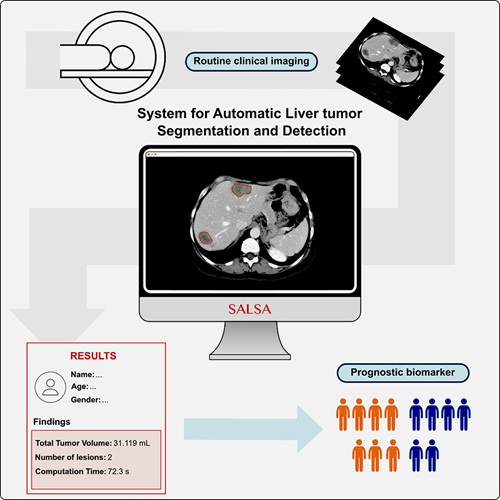Computerized Osteoporosis Detection Technology Based on X-Ray Digitization, Computer Algorithm
|
By MedImaging International staff writers Posted on 10 Oct 2012 |
A computerized tool has been developed to inspect patient bone X-rays for diagnosis of osteoporosis, and could eliminate the subjectivity associated with the visual examination.
The new findings were published in the International Journal of Biomedical Engineering and Technology October 2012. Dr. Neelesh Kumar of the Central Scientific Instruments Organization (CSIO; Chandigarh, India) and colleagues acknowledged that osteoporosis rate is increasing but that diagnosis using X-ray images of the patient’s skeleton frequently lead to false-positive and false-negative findings because visual examination, no matter how skilled, is subjective. They have now developed a new approach based on the digitization of the X-ray images and bone porosity estimation associated with osteoporosis based on a advanced computer algorithm. X-rays are employed four times out of five for the diagnosis of osteoporosis, typically where other more expensive or inconvenient modalities such as dual X-ray absorptiometry (DXA) are precluded.
X-ray examination usually corroborates the diagnosis of osteoporosis at the severe or late-stage of development. However, a computerized system could allow much earlier diagnosis to be conducted and therefore give patients the chance to be treated more effectively before the disorder becomes a potentially incapacitating illness.
The addition of a reference index to the X-ray image is vital to the effectiveness of the new computerized technique. With standard techniques, the X-ray source quality, film, and its processing quality are possible sources of error but in the new system, these sources are all but eradicated by the digital index on the film, according to the researchers.
The investigators assessed the system on 40 elderly Asian patients with known diagnoses. Nine out of 10 of the females had osteoporosis, as did nearly two-thirds of the men. The error rate is less than 2%, according to the investigators. The team has begun the collection of a knowledge base contained validated X-ray images to which the computer algorithm compares new X-rays. This database can be added to with new verified images once a definitive diagnosis has been made and so the system will improve with use.
“The new tool is a cost-effective solution, as it uses the existing facilities available in hospitals and thus, imparts no extra financial burden on healthcare providers or patients for quantitative estimation of osteoporosis,” the researchers wrote in their article. They also noted that the same computerized diagnosis could be modified to analyze bone deformity, X-ray cracks, scoliosis measurement, and fractures.
Related Links:
Central Scientific Instruments Organization
The new findings were published in the International Journal of Biomedical Engineering and Technology October 2012. Dr. Neelesh Kumar of the Central Scientific Instruments Organization (CSIO; Chandigarh, India) and colleagues acknowledged that osteoporosis rate is increasing but that diagnosis using X-ray images of the patient’s skeleton frequently lead to false-positive and false-negative findings because visual examination, no matter how skilled, is subjective. They have now developed a new approach based on the digitization of the X-ray images and bone porosity estimation associated with osteoporosis based on a advanced computer algorithm. X-rays are employed four times out of five for the diagnosis of osteoporosis, typically where other more expensive or inconvenient modalities such as dual X-ray absorptiometry (DXA) are precluded.
X-ray examination usually corroborates the diagnosis of osteoporosis at the severe or late-stage of development. However, a computerized system could allow much earlier diagnosis to be conducted and therefore give patients the chance to be treated more effectively before the disorder becomes a potentially incapacitating illness.
The addition of a reference index to the X-ray image is vital to the effectiveness of the new computerized technique. With standard techniques, the X-ray source quality, film, and its processing quality are possible sources of error but in the new system, these sources are all but eradicated by the digital index on the film, according to the researchers.
The investigators assessed the system on 40 elderly Asian patients with known diagnoses. Nine out of 10 of the females had osteoporosis, as did nearly two-thirds of the men. The error rate is less than 2%, according to the investigators. The team has begun the collection of a knowledge base contained validated X-ray images to which the computer algorithm compares new X-rays. This database can be added to with new verified images once a definitive diagnosis has been made and so the system will improve with use.
“The new tool is a cost-effective solution, as it uses the existing facilities available in hospitals and thus, imparts no extra financial burden on healthcare providers or patients for quantitative estimation of osteoporosis,” the researchers wrote in their article. They also noted that the same computerized diagnosis could be modified to analyze bone deformity, X-ray cracks, scoliosis measurement, and fractures.
Related Links:
Central Scientific Instruments Organization
Latest Radiography News
- AI Radiology Tool Identifies Life-Threatening Conditions in Milliseconds

- Machine Learning Algorithm Identifies Cardiovascular Risk from Routine Bone Density Scans
- AI Improves Early Detection of Interval Breast Cancers
- World's Largest Class Single Crystal Diamond Radiation Detector Opens New Possibilities for Diagnostic Imaging
- AI-Powered Imaging Technique Shows Promise in Evaluating Patients for PCI
- Higher Chest X-Ray Usage Catches Lung Cancer Earlier and Improves Survival
- AI-Powered Mammograms Predict Cardiovascular Risk
- Generative AI Model Significantly Reduces Chest X-Ray Reading Time
- AI-Powered Mammography Screening Boosts Cancer Detection in Single-Reader Settings
- Photon Counting Detectors Promise Fast Color X-Ray Images
- AI Can Flag Mammograms for Supplemental MRI
- 3D CT Imaging from Single X-Ray Projection Reduces Radiation Exposure
- AI Method Accurately Predicts Breast Cancer Risk by Analyzing Multiple Mammograms
- Printable Organic X-Ray Sensors Could Transform Treatment for Cancer Patients
- Highly Sensitive, Foldable Detector to Make X-Rays Safer
- Novel Breast Cancer Screening Technology Could Offer Superior Alternative to Mammogram
Channels
MRI
view channel
New MRI Technique Reveals Hidden Heart Issues
Traditional exercise stress tests conducted within an MRI machine require patients to lie flat, a position that artificially improves heart function by increasing stroke volume due to gravity-driven blood... Read more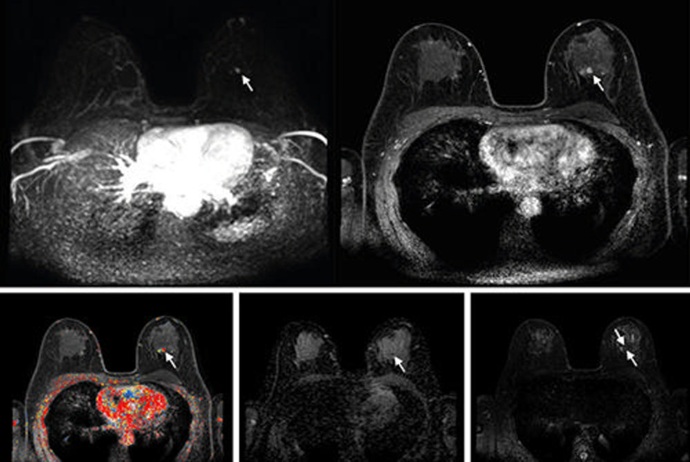
Shorter MRI Exam Effectively Detects Cancer in Dense Breasts
Women with extremely dense breasts face a higher risk of missed breast cancer diagnoses, as dense glandular and fibrous tissue can obscure tumors on mammograms. While breast MRI is recommended for supplemental... Read moreUltrasound
view channel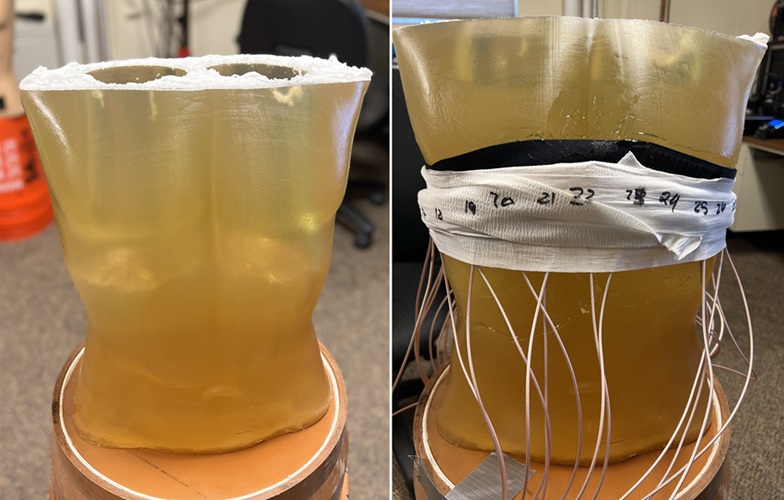
New Medical Ultrasound Imaging Technique Enables ICU Bedside Monitoring
Ultrasound computed tomography (USCT) presents a safer alternative to imaging techniques like X-ray computed tomography (commonly known as CT or “CAT” scans) because it does not produce ionizing radiation.... Read more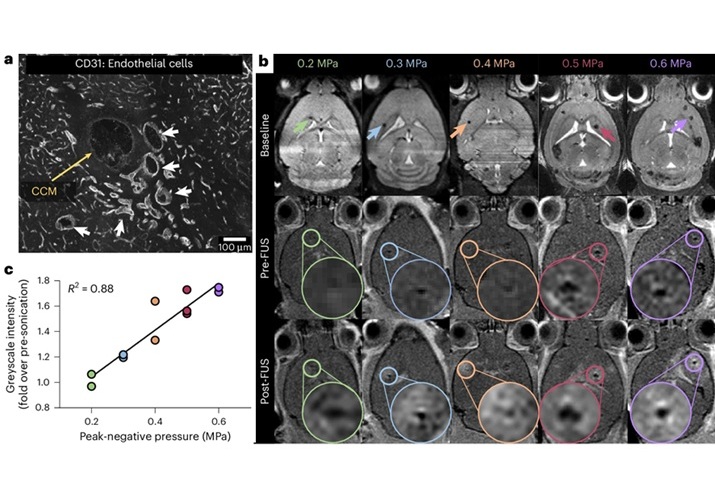
New Incision-Free Technique Halts Growth of Debilitating Brain Lesions
Cerebral cavernous malformations (CCMs), also known as cavernomas, are abnormal clusters of blood vessels that can grow in the brain, spinal cord, or other parts of the body. While most cases remain asymptomatic,... Read moreNuclear Medicine
view channel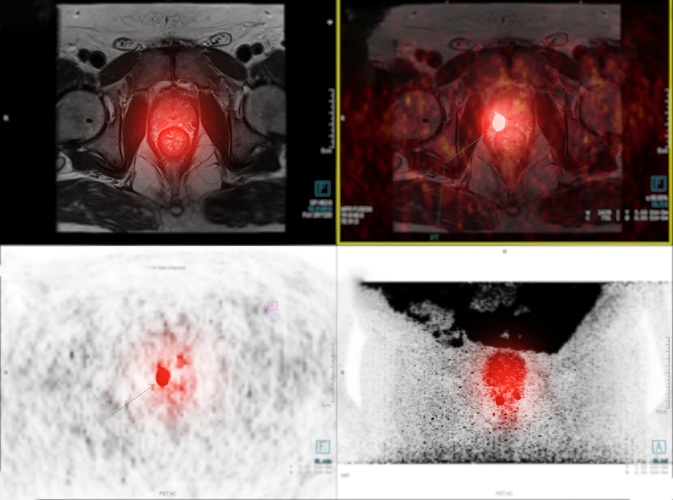
New Imaging Approach Could Reduce Need for Biopsies to Monitor Prostate Cancer
Prostate cancer is the second leading cause of cancer-related death among men in the United States. However, the majority of older men diagnosed with prostate cancer have slow-growing, low-risk forms of... Read more
Novel Radiolabeled Antibody Improves Diagnosis and Treatment of Solid Tumors
Interleukin-13 receptor α-2 (IL13Rα2) is a cell surface receptor commonly found in solid tumors such as glioblastoma, melanoma, and breast cancer. It is minimally expressed in normal tissues, making it... Read moreGeneral/Advanced Imaging
view channel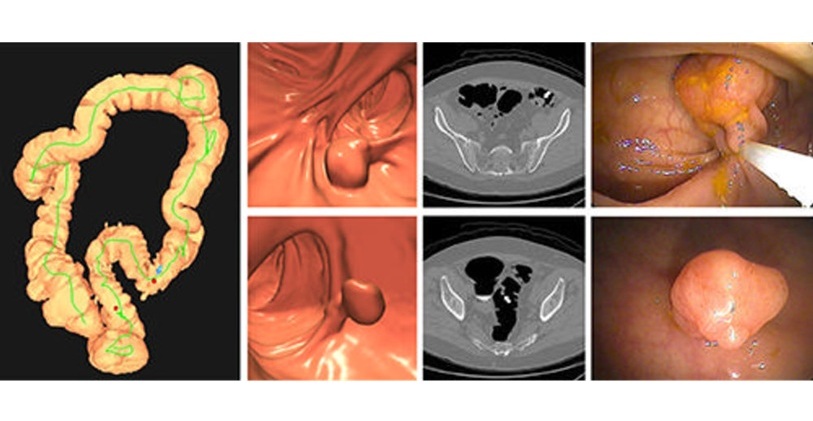
CT Colonography Beats Stool DNA Testing for Colon Cancer Screening
As colorectal cancer remains the second leading cause of cancer-related deaths worldwide, early detection through screening is vital to reduce advanced-stage treatments and associated costs.... Read more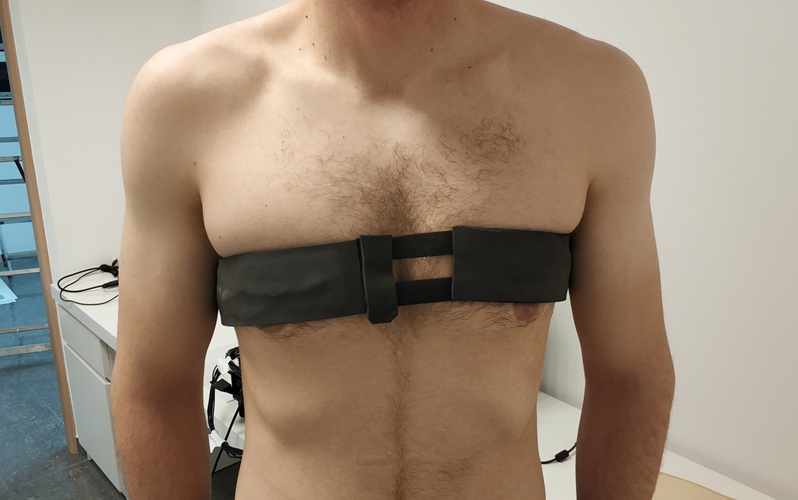
First-Of-Its-Kind Wearable Device Offers Revolutionary Alternative to CT Scans
Currently, patients with conditions such as heart failure, pneumonia, or respiratory distress often require multiple imaging procedures that are intermittent, disruptive, and involve high levels of radiation.... Read more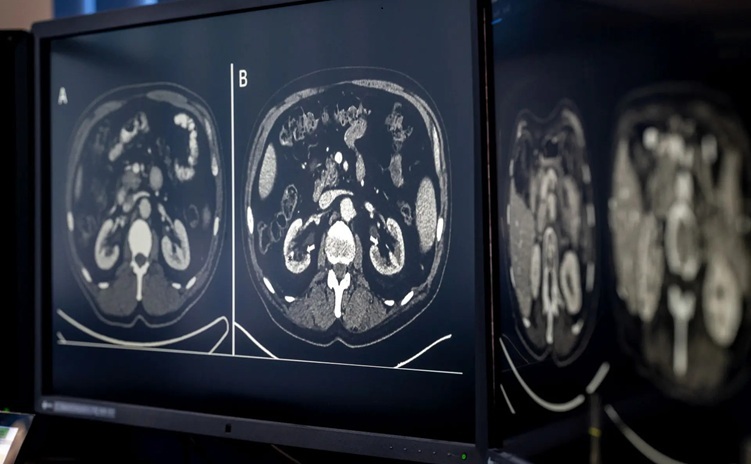
AI-Based CT Scan Analysis Predicts Early-Stage Kidney Damage Due to Cancer Treatments
Radioligand therapy, a form of targeted nuclear medicine, has recently gained attention for its potential in treating specific types of tumors. However, one of the potential side effects of this therapy... Read moreImaging IT
view channel
New Google Cloud Medical Imaging Suite Makes Imaging Healthcare Data More Accessible
Medical imaging is a critical tool used to diagnose patients, and there are billions of medical images scanned globally each year. Imaging data accounts for about 90% of all healthcare data1 and, until... Read more
Global AI in Medical Diagnostics Market to Be Driven by Demand for Image Recognition in Radiology
The global artificial intelligence (AI) in medical diagnostics market is expanding with early disease detection being one of its key applications and image recognition becoming a compelling consumer proposition... Read moreIndustry News
view channel
GE HealthCare and NVIDIA Collaboration to Reimagine Diagnostic Imaging
GE HealthCare (Chicago, IL, USA) has entered into a collaboration with NVIDIA (Santa Clara, CA, USA), expanding the existing relationship between the two companies to focus on pioneering innovation in... Read more
Patient-Specific 3D-Printed Phantoms Transform CT Imaging
New research has highlighted how anatomically precise, patient-specific 3D-printed phantoms are proving to be scalable, cost-effective, and efficient tools in the development of new CT scan algorithms... Read more
Siemens and Sectra Collaborate on Enhancing Radiology Workflows
Siemens Healthineers (Forchheim, Germany) and Sectra (Linköping, Sweden) have entered into a collaboration aimed at enhancing radiologists' diagnostic capabilities and, in turn, improving patient care... Read more












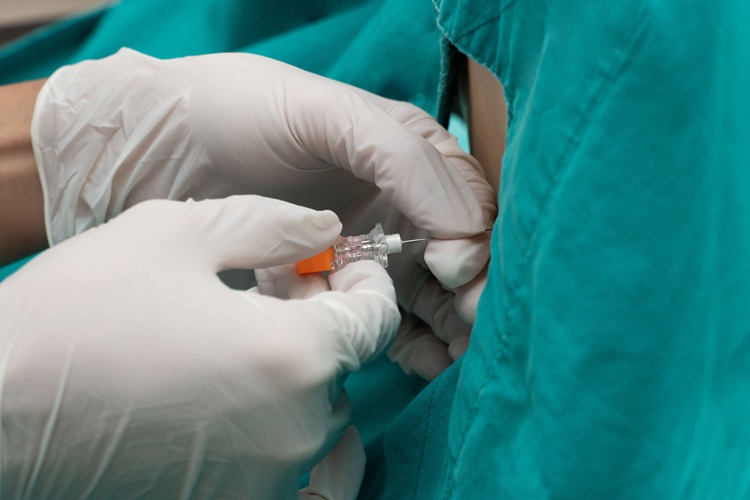

.jpeg)



